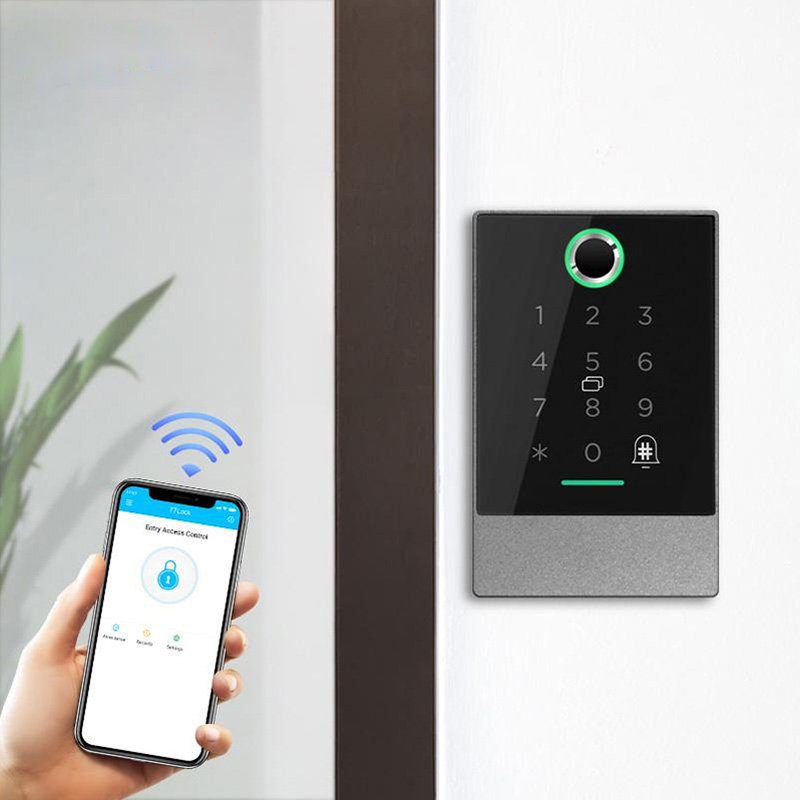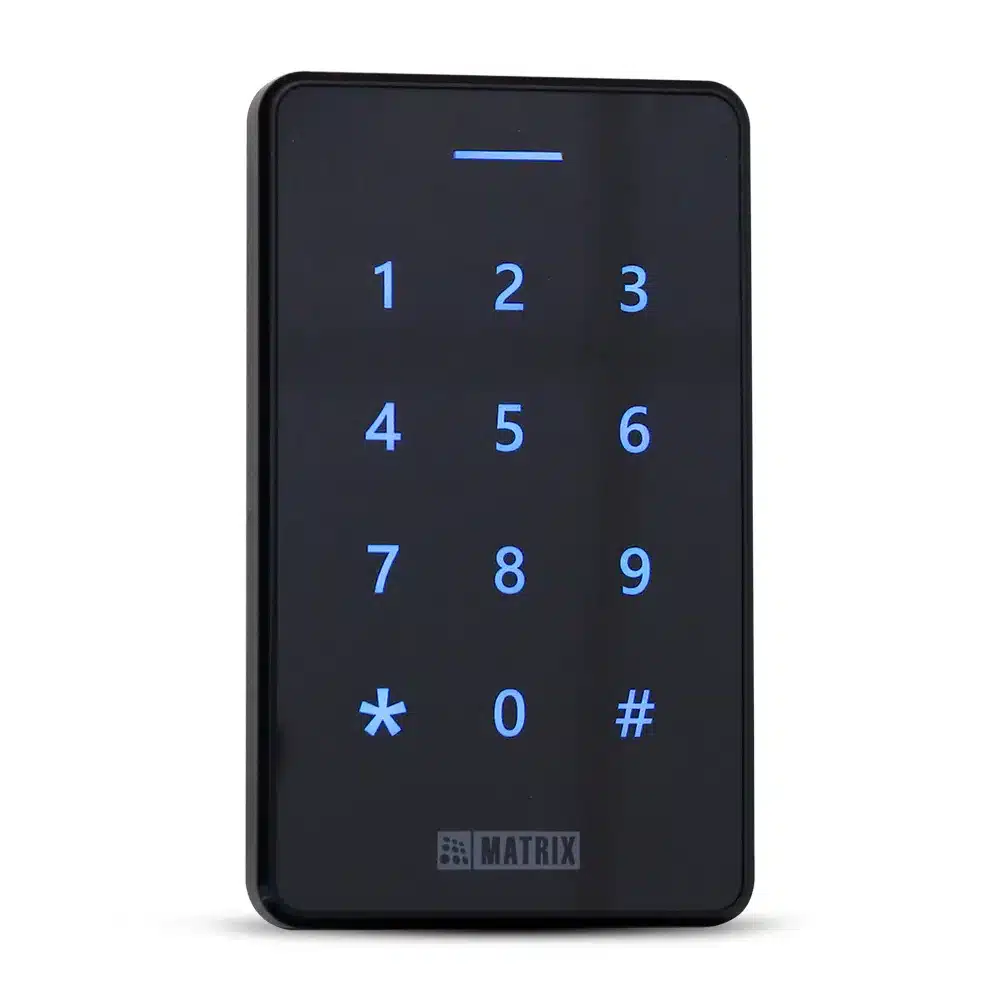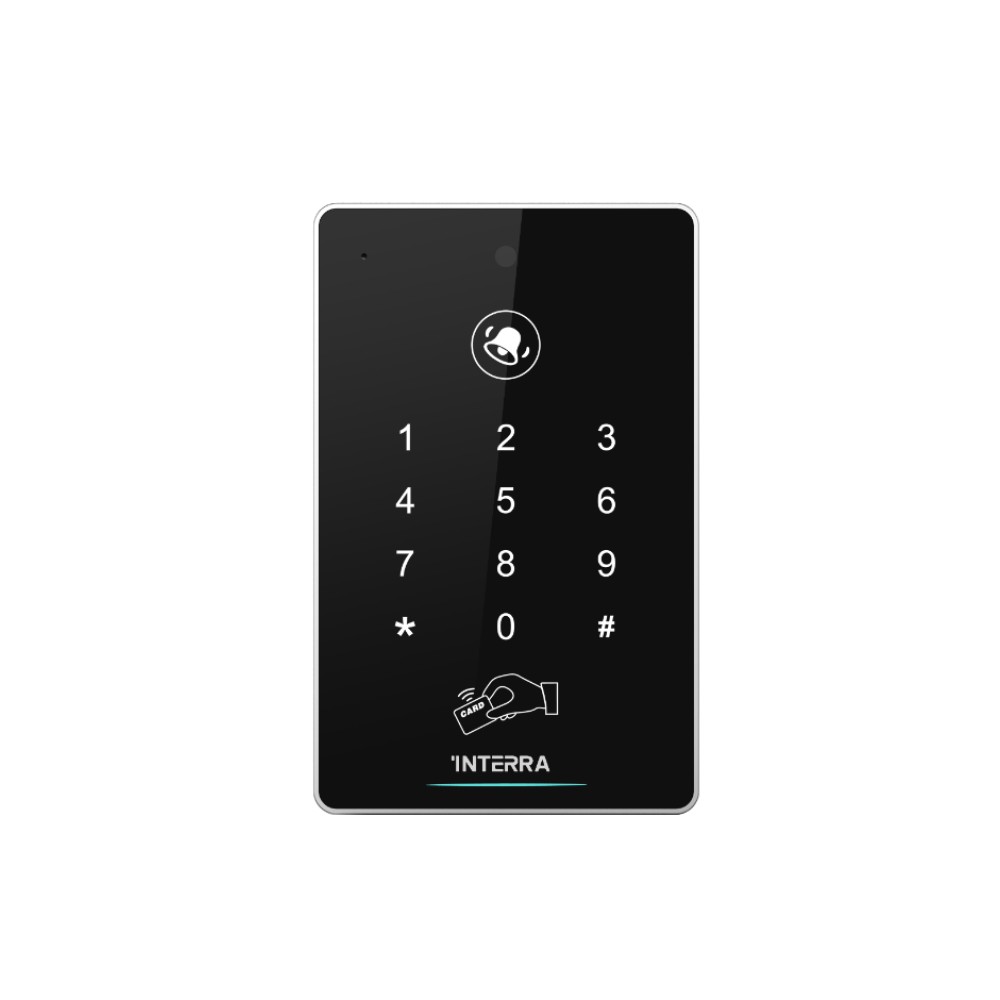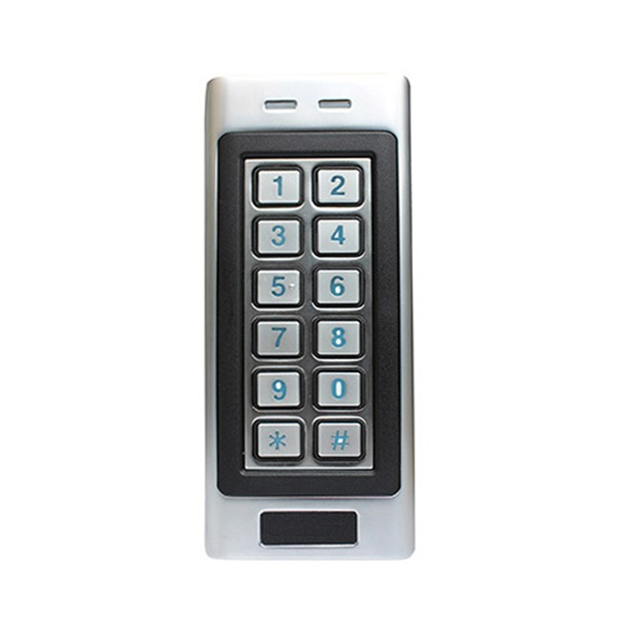I. Introduction to Access Control Card Readers

A. What are Access Control Card Readers?
Access control card readers are electronic devices that are used to read and authenticate access control credentials, such as proximity cards, smart cards, or biometric credentials. These readers are often connected to a central access control system and are instrumental in determining whether an individual is permitted entry to a specific area.
Access control card readers can be standalone units or integrated into security systems and provide an efficient and secure way to manage access control within a facility.
B. Importance of Access Control Card Readers
Access control card readers play a crucial role in modern security systems, providing a secure and convenient way to manage access to buildings and sensitive areas. By using access control card readers, organizations can regulate and monitor who enters and exits their premises, enhancing overall security and accountability.
Access control card readers also offer the flexibility to easily add or remove access privileges for individuals as needed, reducing the reliance on traditional keys and locks and providing a more dynamic and responsive security solution.
II. Types of Access Control Card Readers
A. Proximity Card Readers
One of the key advantages of proximity card readers is their simplicity and ease of use. Authorized individuals can gain access to a building or facility by simply holding their proximity card near the reader, eliminating the need for physical contact or insertion of the card. This makes proximity card readers particularly suitable for high-traffic areas where quick and efficient access is essential.
Another advantage of proximity card readers is their durability and reliability. Since proximity cards do not have any exposed components, they are less susceptible to wear and tear, making them a long-lasting and cost-effective solution for access control.
B. Smart Card Readers
Smart card readers, also known as chip card readers, are another popular type of access control card reader that utilizes a more advanced technology compared to proximity card readers. They are embedded with a microprocessor and memory chip, which allows for enhanced security features and capabilities. When the smart card is inserted into the reader, the microprocessor communicates with the reader to authenticate the user’s identity and grant access.
One of the main advantages of smart card readers is their high level of security. The advanced technology embedded in smart cards makes them resistant to counterfeiting and unauthorized access. Smart cards can store a wealth of information, including biometric data and access privileges, making them a secure and versatile solution for access control.
In addition to their security features, smart card readers offer flexibility and scalability. Smart cards can be programmed and reprogrammed to accommodate changing access privileges and can be used for various applications, such as time and attendance tracking and cashless payments. This makes smart card readers a versatile and future-proof solution for organizations with evolving security needs.
C. Biometric Card Readers
Biometric card readers combine traditional access control card technology with biometric authentication, such as fingerprint or facial recognition, to provide an additional layer of security.
One of the key advantages of biometric card readers is their unparalleled level of security. Biometric authentication is highly accurate and virtually impossible to replicate, providing organizations with a robust and tamper-proof solution for access control. By combining biometric authentication with traditional card technology, biometric card readers offer a multi-factor authentication solution that significantly enhances security.
Moreover, biometric card readers offer convenience and ease of use. Authorized individuals can gain access to a building or facility by simply presenting their biometric card to the reader, eliminating the need to remember PIN codes or passwords. Biometric card readers are also suitable for high-traffic areas, where quick and efficient access is essential.
III. Factors to Consider When Choosing an Access Control Card Reader
A. Security Features
Security is one of the most important factors to consider when choosing an access control card reader. The card reader should have advanced security features to prevent unauthorized access to the building or facility. Look for card readers that offer encryption, tamper detection, and anti-passback features to enhance security. Additionally, the card reader should support multi-factor authentication to ensure that only authorized individuals can access the premises.
B. Integration Capabilities
It is essential to choose an access control card reader that seamlessly integrates with your existing security system. The card reader should be compatible with your access control software and other security devices, such as door locks and surveillance cameras. This will ensure that all components of your security system work together effectively to provide a comprehensive solution. Look for card readers that support common industry protocols, such as Wiegand and RS-485, to facilitate integration with other security devices.
C. Durability and Reliability
The durability and reliability of the access control card reader are also important considerations. The card reader should be built to withstand the rigors of everyday use and be able to function reliably in various environmental conditions.
IV. Installation and Maintenance of Access Control Card Readers
A. Installation Process
The installation process of access control card readers encompasses several key steps to ensure effective and secure deployment. This involves determining the optimal reader placement for efficient access control, ensuring the reader is securely mounted, and incorporating any necessary wiring or connectivity to the central access control system. Attention to detail during installation is paramount to guarantee the reader’s functionality and alignment with the overall security strategy.
B. Regular Maintenance and Troubleshooting

Regular maintenance is essential to uphold the performance and longevity of access control card readers. This entails periodic inspections, cleaning, and testing to identify and address any potential issues that may hinder the reader’s operation. Additionally, having troubleshooting procedures in place can aid in swiftly resolving any reader malfunctions or connectivity issues.
V. Benefits of Access Control Card Readers
A. Enhanced Security
Access control card readers offer enhanced security measures for businesses and organizations. By utilizing access cards, access control systems provide a secure method for allowing or denying entry to sensitive areas. These readers effectively restrict unauthorized access and help in preventing security breaches, theft, or unauthorized entry. The implementation of access control card readers plays a crucial role in fortifying the security posture of various facilities, bolstering protection for assets, employees, and confidential information.
B. Convenience and Flexibility
Access control card readers provide convenience and flexibility for access management within a wide range of environments. Instead of relying on traditional keys that can be easily misplaced or duplicated, access cards offer a more practical and manageable solution. This customization not only enhances convenience for authorized personnel but also ensures a secure and controlled environment.
C. Audit Trails and Reporting
Access control card readers facilitate the creation of audit trails and reporting mechanisms that offer valuable insights for security and operational purposes. These systems keep a record of all access events, including entry and exit times, as well as any access denial instances. The comprehensive audit trails provide a valuable resource for security teams to monitor and analyze access patterns, detect anomalies, and investigate security incidents.
In conclusion, access control card readers offer a myriad of benefits, including enhanced security measures, convenience, flexibility in access management, and the generation of comprehensive audit trails and reports. The utilization of these readers not only strengthens security protocols but also contributes to the efficient and streamlined management of access within various environments. By leveraging the advantages provided by access control card readers, businesses and organizations can establish robust security measures and seamlessly manage access control with the utmost efficiency and effectiveness.



